GARDEN TOUR
Once an old quarry, the garden of Hedgehog Hall is now a haven for nature and wildlife – and all done organically
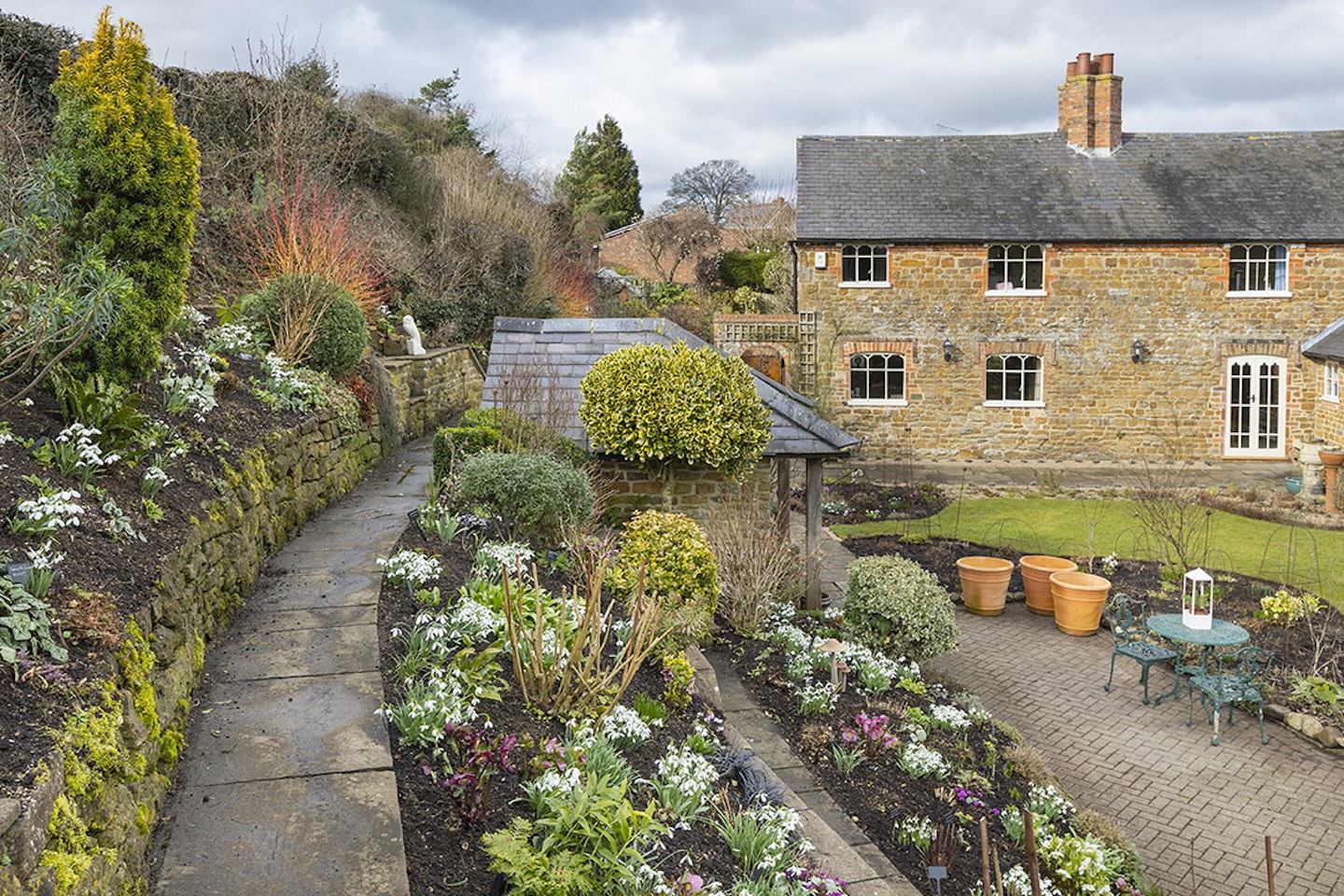
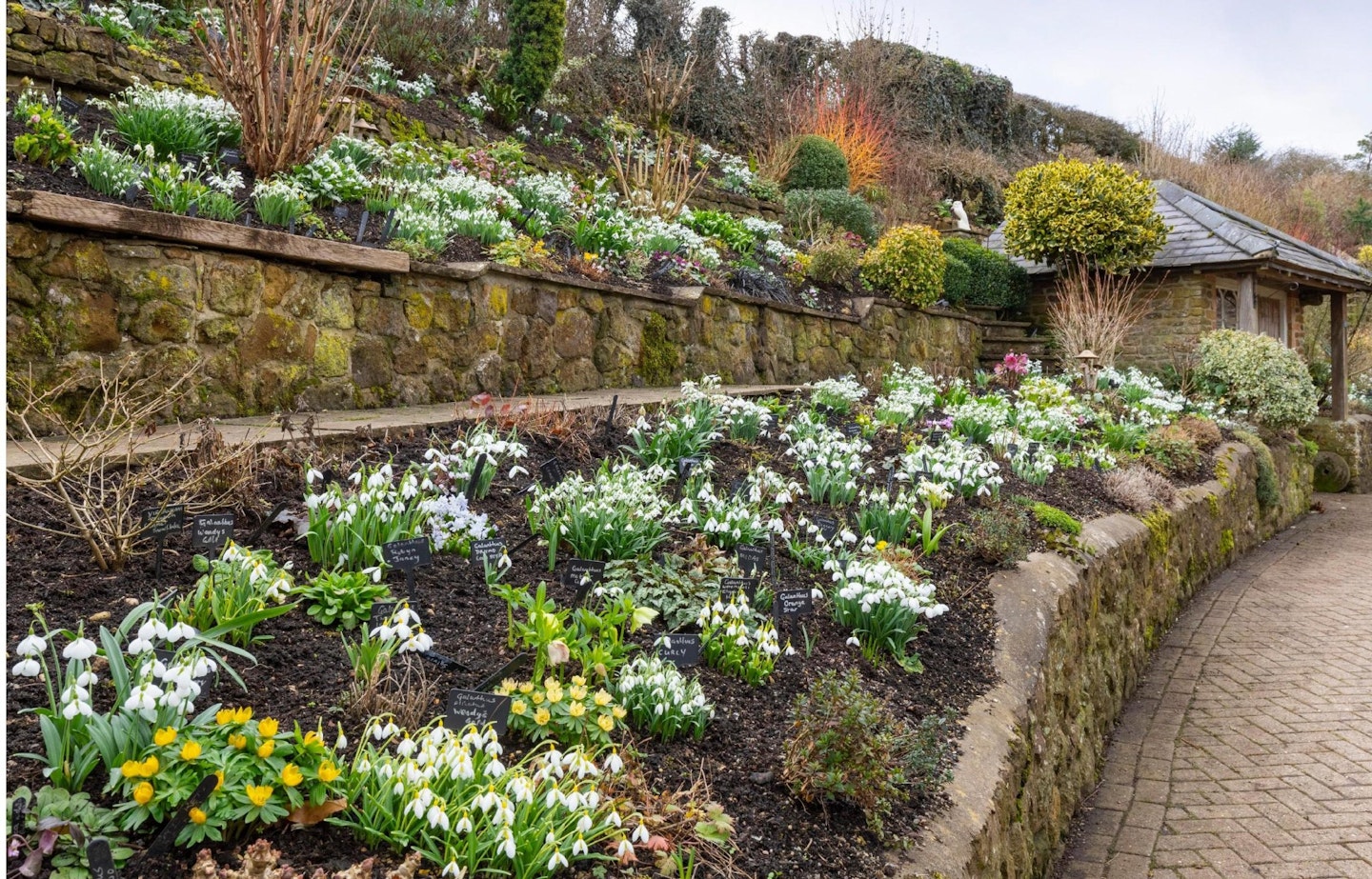
It was while on a visit to King Charles’ pioneering organic garden at Highgrove, Gloucestershire, that Janet Rowe had a lightbulb moment.
As she walked through the lush meadows, teeming with wildlife and carefully maintained without a single chemical, she suddenly thought: “I can do this.” And she did. With the help of her husband Andrew, over the past 23 years they have organically managed the half-acre garden of their home, Hedgehog Hall, which sits in a sheltered former sand and gravel quarry, in the county of Leicestershire.
For more than two decades the couple has been improving the soil to the point where it, too, is now a haven for wildlife and there isn’t a slug pellet in sight.
“There’s simply no need,” Janet explains. “All my hostas – of which there are more than 100 – stand in trays of water from May. In June, I give them a dose of nematodes and they are flourishing.”
At 700ft above sea level, creating this spectacular garden has been a challenge. The shifting sandy soil ridge that the property sits within is so steep, it was too dangerous to bring in a digger to do the hard landscaping.
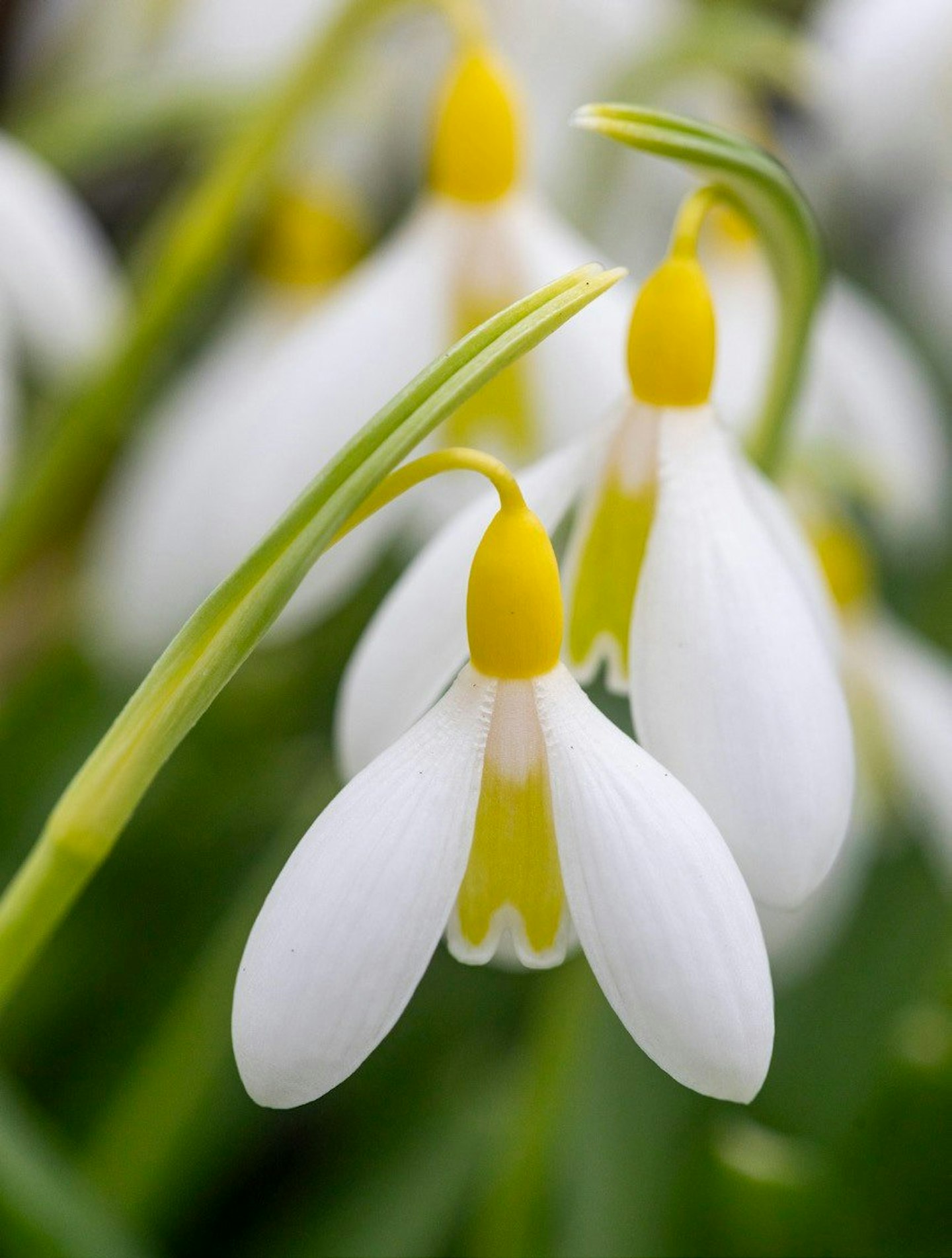

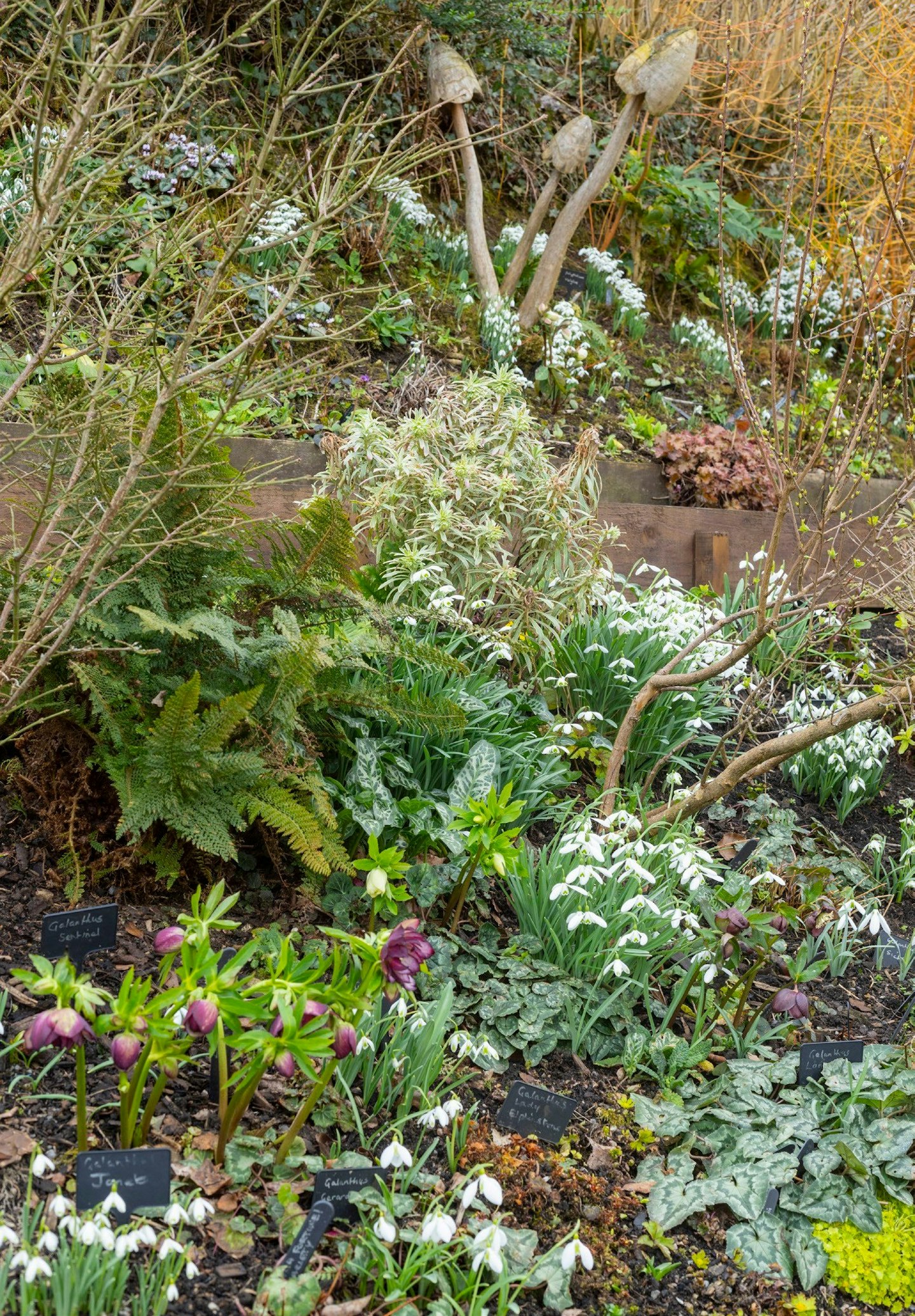
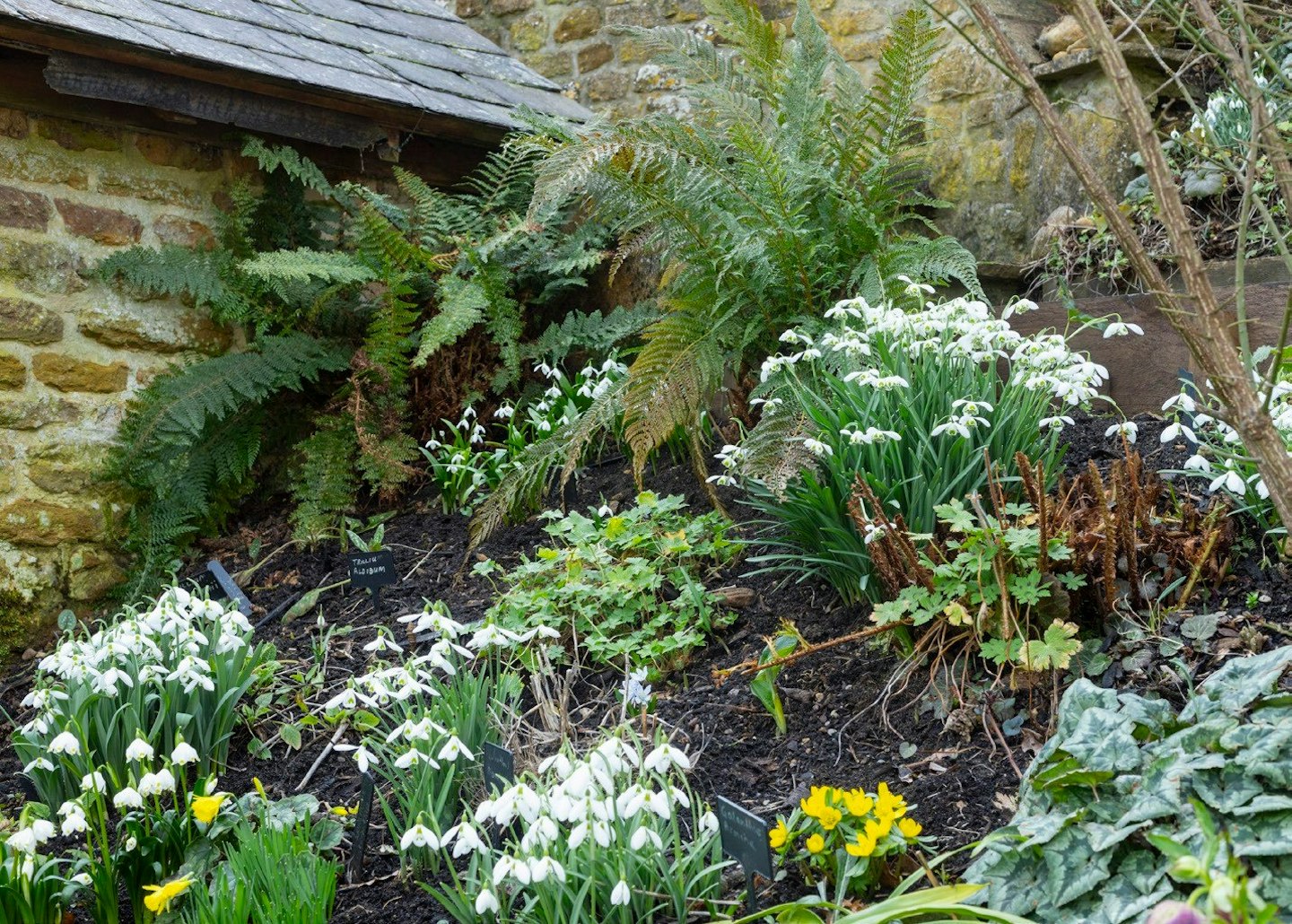
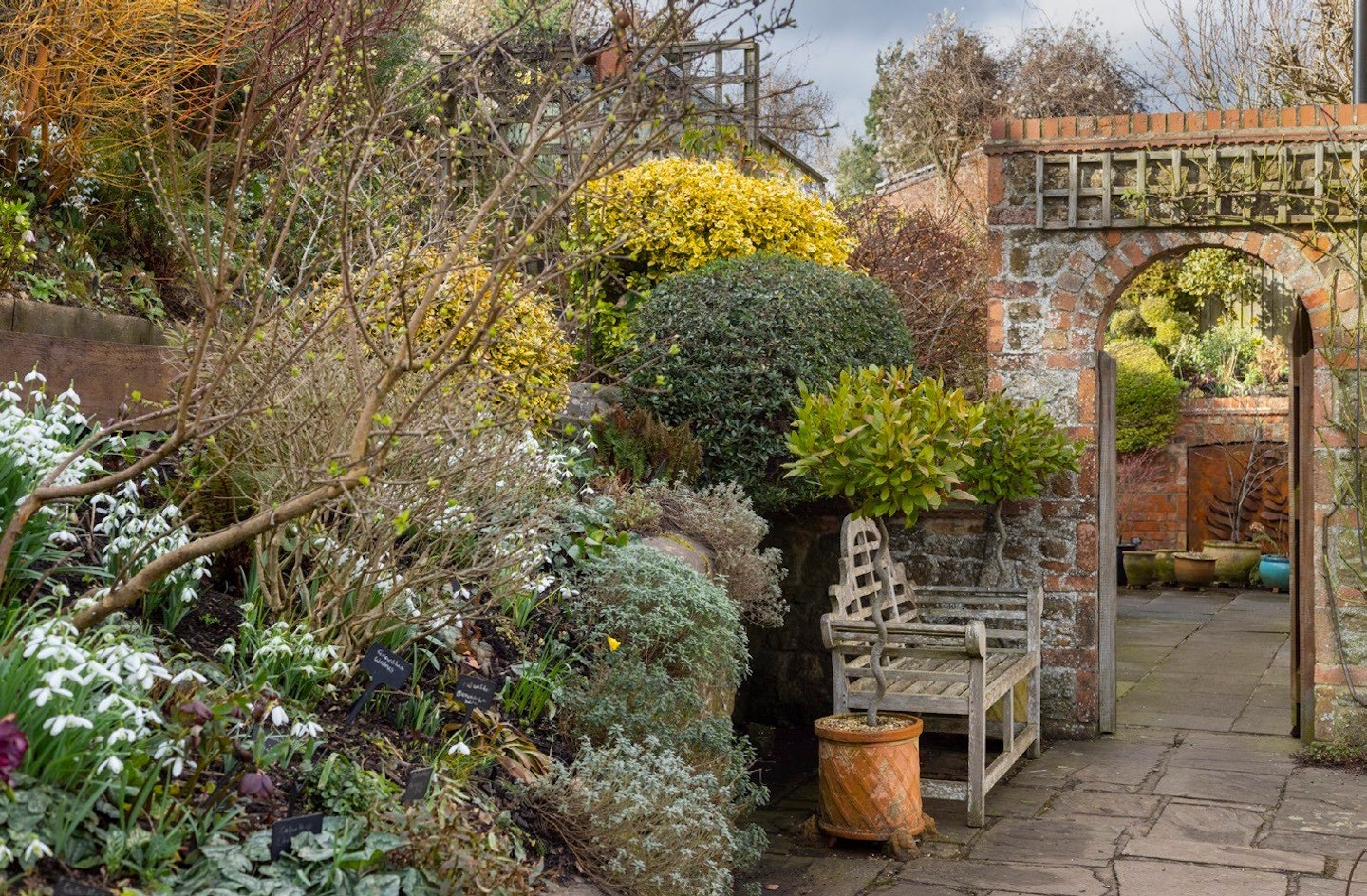
Instead, Andrew spent four years creating the ironstone walled terraces by hand. It was quite a feat – but well worth the challenge in order to showcase Janet’s spectacular collection of snowdrops.
She explains: “A friend of mine was heavily involved with snowdrops and I’d always wondered what they saw in them.
“About 15 years ago or so she gave me some and as I watched them breaking through the frozen earth, I started to really quite like them.”
She is now a self-confessed galanthophile and Hedgehog Hall is famous for its snowdrop terraces, with the first blooms arriving in October with early cultivars such as ‘Remember, Remember’ (Galanthus elwesii), and going right the way through until April.
“We have more than 300 varieties now – there really is no hope for me,” she says with a smile. “One of my favourites is ‘Three Ships’ (Galanthus plicatus) which is always in flower on Christmas Day. It’s simply beautiful.
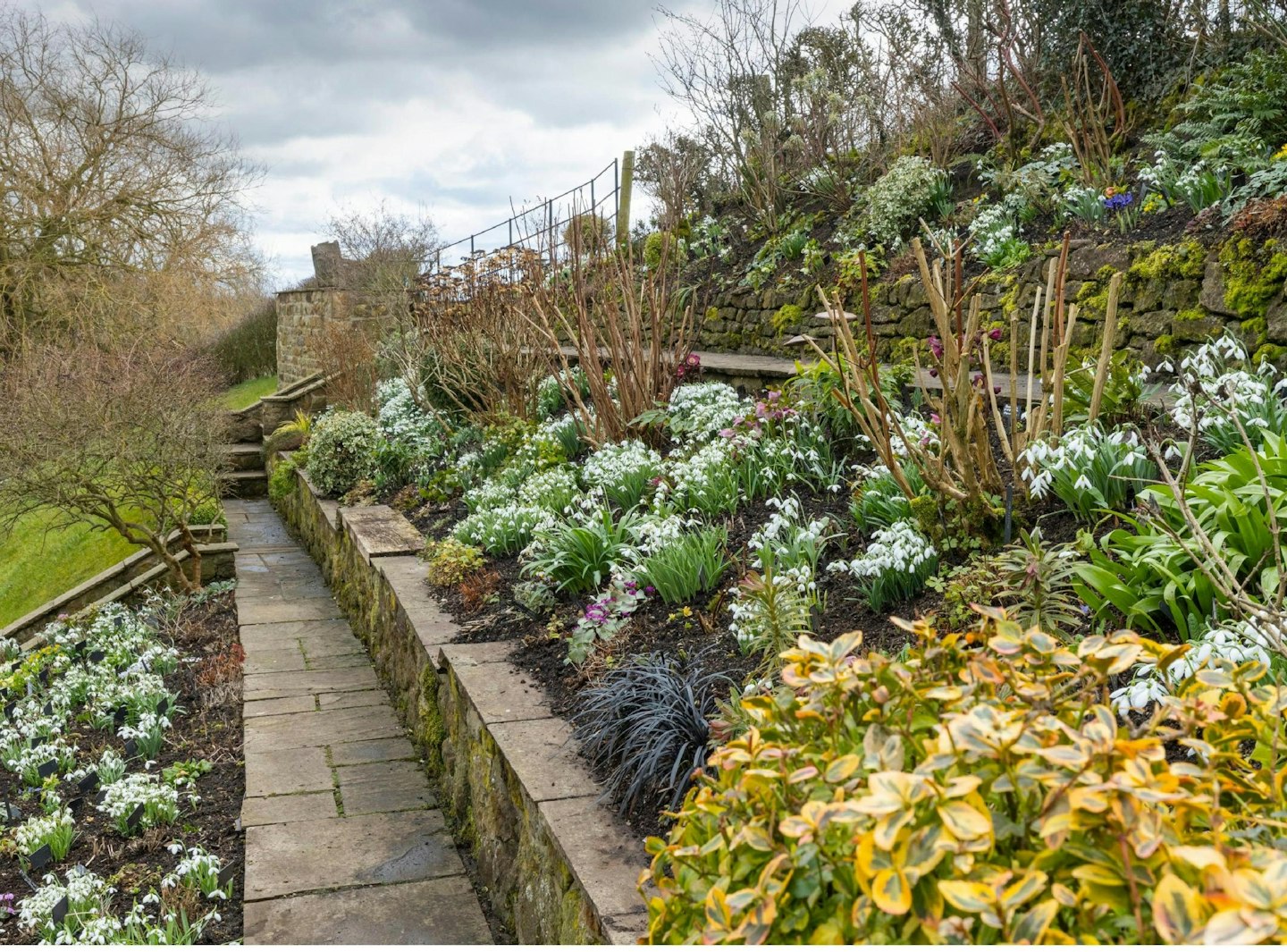
“En masse, snowdrops are highly fragrant and bees love them. The gravel and sand of the terraces are the perfect conditions for them to make their nests in little chambers.
“On warm, sunny days in February, they venture out and flit from snowdrop to snowdrop for an early feast. It’s a delight to see and hear the noise in the quiet garden.”
The conditions are perfect for galanthus. “The soil in this area is very free-draining sand and gravel, but has underground springs which provide the elusive free-draining but moist conditions that snowdrops love. Plus, the house and garden sit below the ridge of the hill, which effectively provides a wonderful microclimate with the prevailing winds and frosts rolling away down the hills and valley.”
The delicate white bells of the snowdrops cascade down the terraces like a waterfall. They are beautifully highlighted by hellebores, narcissus, variegated hollies, sambucus, exochorda and weigela.
In summer, the three tiers are a riot of pink, purple, white and blue bulbs, shrubs and perennials. “The soil is perfect for these too,” says Janet. “The terraces are also home to daphnes, Hydrangea paniculata ‘Red Lady’, philadelphus ‘Belle Étoile’, meconopsis blue poppy, Dactylorhiza maculata, cyclamen, ferns and phlox.”
But the snowdrops are the stars of the show in winter, planted at eye height for closer study and to photograph the tiny details that make these plants so special.
Atrail of shimmering white petals leads to the shady walk where Janet has managed to cultivate bursts of colour in the dark winter months. “They are what I call my woodland treasures,” she says.
Viburnum, trilliums, Anemone nemorosa, Cyclamen coum and primroses fill even the darkest corners.
An archway takes you through to the large, red-brick walled courtyard where Janet keeps her collection of more than 100 hostas, plus eight fantastic acers which give the couple a fiery display of crimson, yellow and orange.
The climbing hydrangea spreads 20 feet across the walls, while ‘Ruby Falls’ and ‘Forest Pansy’ cercis trees, with their compact, weeping habit, make the spot one of Janet’s favourite places to contemplate the garden.

Just above the courtyard, some steps lead up to the greenhouse and a border of perennials and topiary where Janet and Andrew have had great fun shaping a waterfall and even a spider.
So far, their box has avoided the ravages of blight, but the couple are future-proofing just in case. “We know box isn’t always going to be safe, so we’re getting ahead of the trend using pittosporum, holly, Lonicera nitida, and lonicera ‘Baggesen’s Gold’.” They are even planning to try daphne.
A recent addition to the garden is the steps built during the Covid lockdown that lead to a patio with stunning, far-reaching views across the valley below.
On the large level areas, a yew hedge runs along the lawn, leading to the house, with a long border on one side, filled with tulips and narcissi for spring and roses for summer.
There is a lavender walk of ‘Hidcote’, which the bees adore, a herb border, a beautiful spring garden, a colour-themed long border and a serpentine island bed packed with campanulas, astrantias, sanguisorbas, roses and clematis as well.

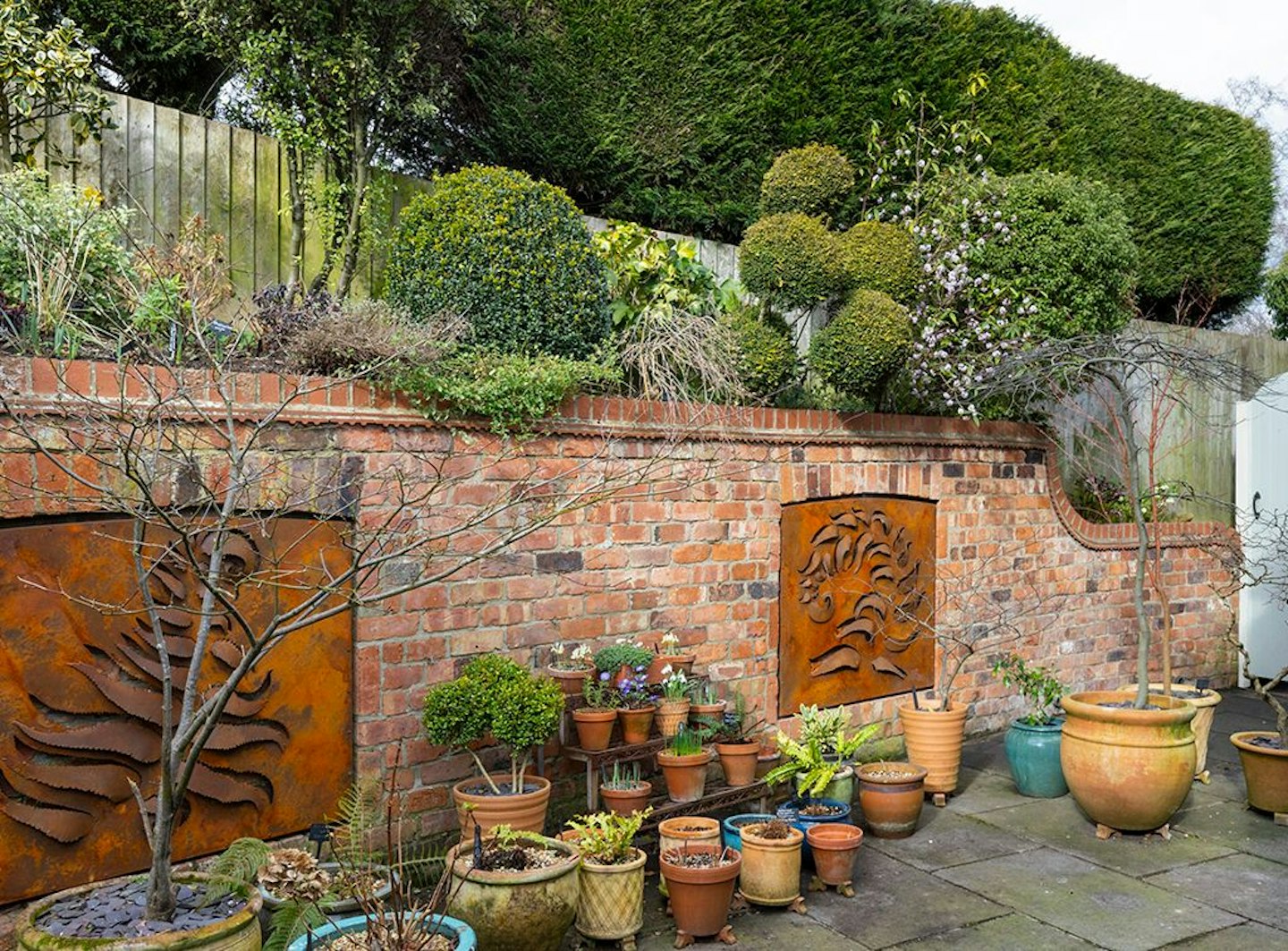
Andrew undertakes the building work, pruning and grass cutting while Janet is the plantswoman. She says: “I’m just plant-mad. I can’t really sit and enjoy it because I have to be doing something. My favourite plants are the ones that stretch me, such as daphne, which can be very difficult to grow.
“I love the colours, textures and perfumes. We also have a great love of nature.”
The couple is particularly proud of the wildlife attracted since going organic. They didn’t name their house, but the garden certainly has plenty of hedgehogs.
“We have a great interest in attracting wildlife to our garden, which means many of the plants are chosen to attract the large variety of bees and other pollinating insects.”
And the garden is truly a joy to behold in all seasons – though it is in winter, thanks to Janet’s innovation and planning, when the formerly unpromising old quarry really shines at its very best.
WORDS: ELISE SARGENT. PHOTOS: NEIL HEPWORTH

